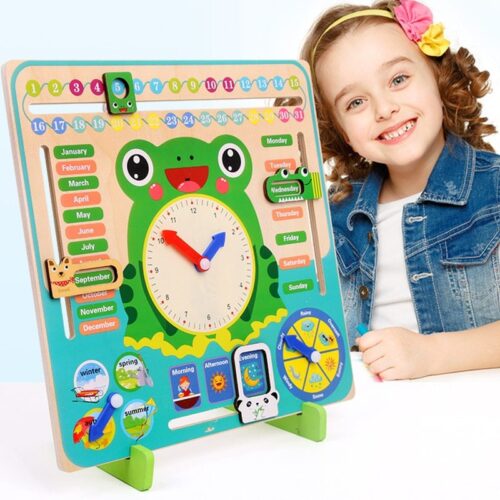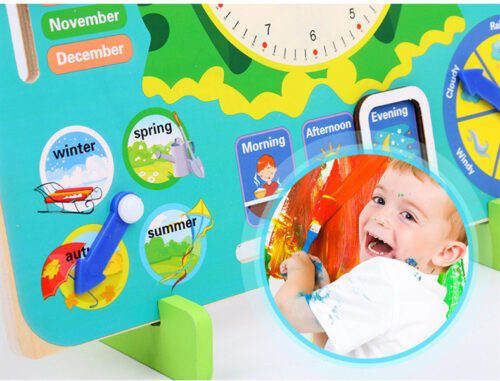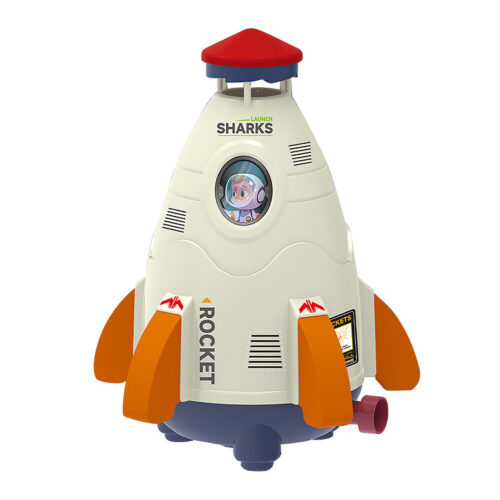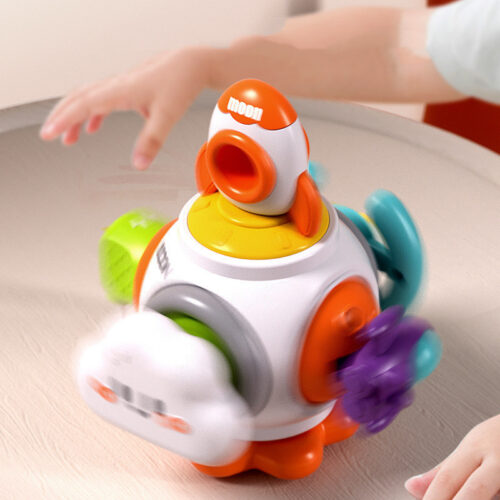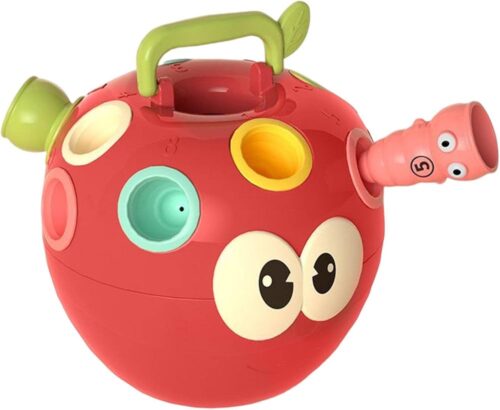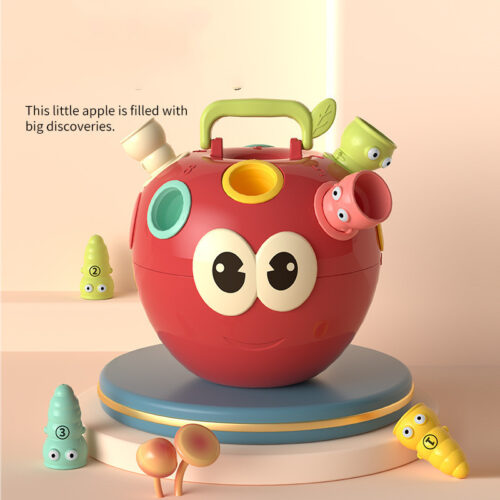Creating a comprehensive ranking system for Montessori-style schools requires understanding what makes these educational approaches special. Here’s a detailed blog post outlining the key criteria parents and educators should consider when evaluating alternative education models similar to Montessori.
Why Traditional Rankings Fall Short
Most school ranking systems focus heavily on standardized test scores and college acceptance rates. However, progressive educational models like Montessori, Waldorf, and Reggio Emilia prioritize different outcomes—whole child development, independence, creativity, and intrinsic motivation.
Key Criteria for Evaluating Alternative Schools
1. Teacher Training and Qualifications
- Specialized certification: Do teachers hold recognized Montessori (AMI/AMS) or alternative education certifications?
- Ongoing professional development: How does the school support continued teacher growth?
- Teacher stability: What’s the average tenure of faculty members?
2. Implementation of Core Philosophy
- Fidelity to foundational principles: How closely does the school adhere to its stated educational approach?
- Mixed-age classrooms: Are children grouped in 3-year age spans as in authentic Montessori settings?
- Uninterrupted work periods: Do students have extended blocks of time for deep concentration?
3. Learning Environment
- Prepared environment: How thoughtfully designed is the physical space?
- Quality of materials: Are authentic, high-quality learning materials available?
- Connection to nature: Does the school incorporate outdoor learning and natural elements?
4. Child-Centered Approach
- Student agency: How much choice and independence do children have in their learning?
- Individualized learning plans: Does the school tailor education to each child’s needs and interests?
- Assessment practices: How is student progress measured beyond traditional testing?
5. Community and Parent Involvement
- Family education programs: How does the school help parents understand its approach?
- Community building: What efforts exist to foster a strong school community?
- Parent satisfaction: What do current families say about their experience?
6. Student Outcomes
- Social-emotional development: How well do students develop self-regulation and interpersonal skills?
- Executive functioning: Do students demonstrate strong planning and organizational abilities?
- Love of learning: Do graduates maintain curiosity and intrinsic motivation?
- Long-term success indicators: How do alumni fare in subsequent educational settings and careers?
7. Diversity, Equity, and Inclusion
- Accessible tuition models: Does the school offer financial aid or sliding scale options?
- Diverse community: Does the student body reflect the broader community?
- Inclusive practices: How does the school accommodate different learning needs?
8. Accreditation and Recognition
- Formal accreditation: Is the school recognized by relevant accrediting bodies?
- Reputation within educational community: How is the school viewed by peers?
Conclusion
When evaluating Montessori-inspired and alternative schools, these criteria provide a more holistic framework than traditional ranking methods. The best school for any child ultimately depends on alignment between the school’s philosophy and the child’s individual needs. Through careful observation and assessment of these factors, families can find educational environments where their children will truly thrive.





